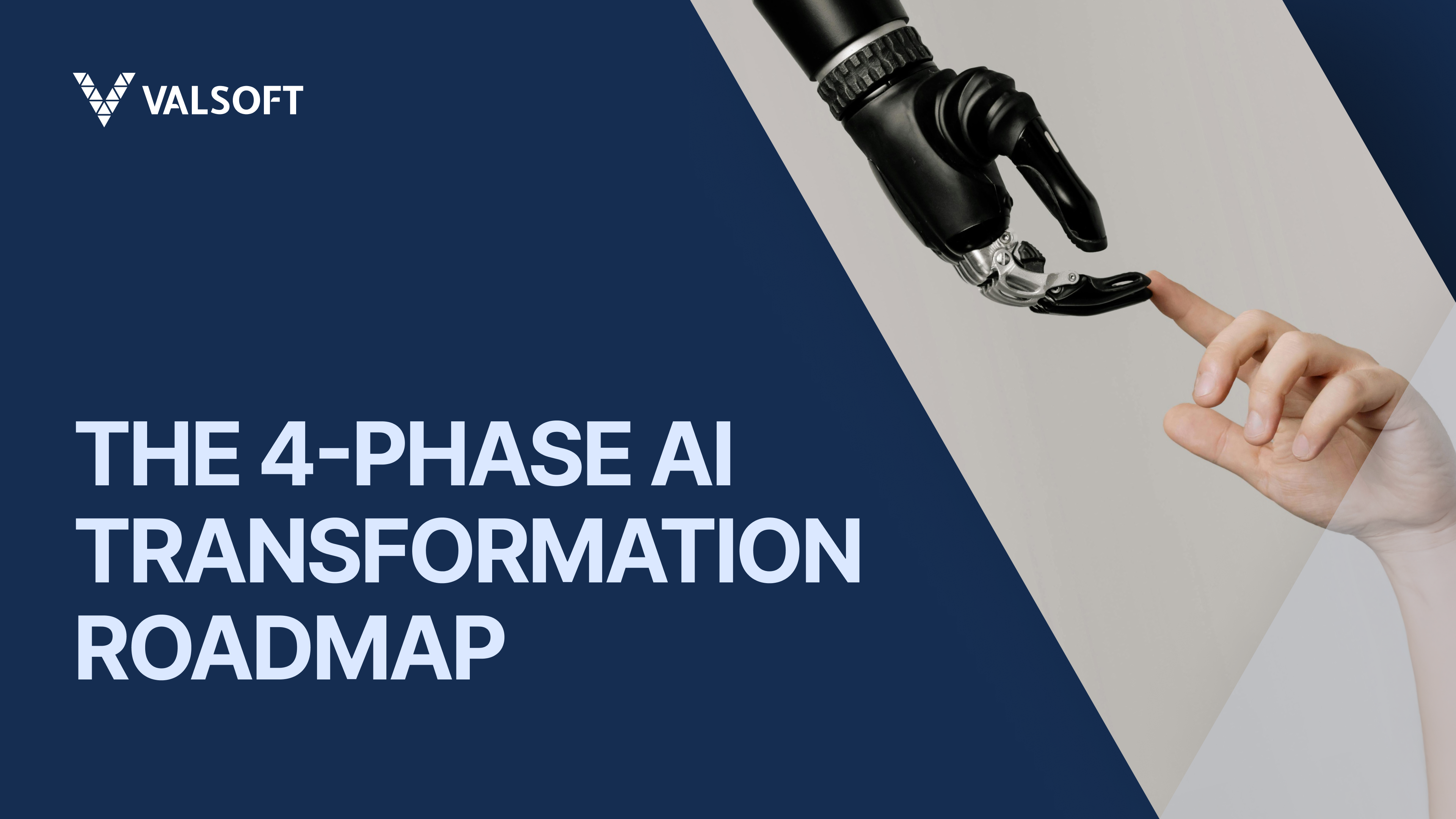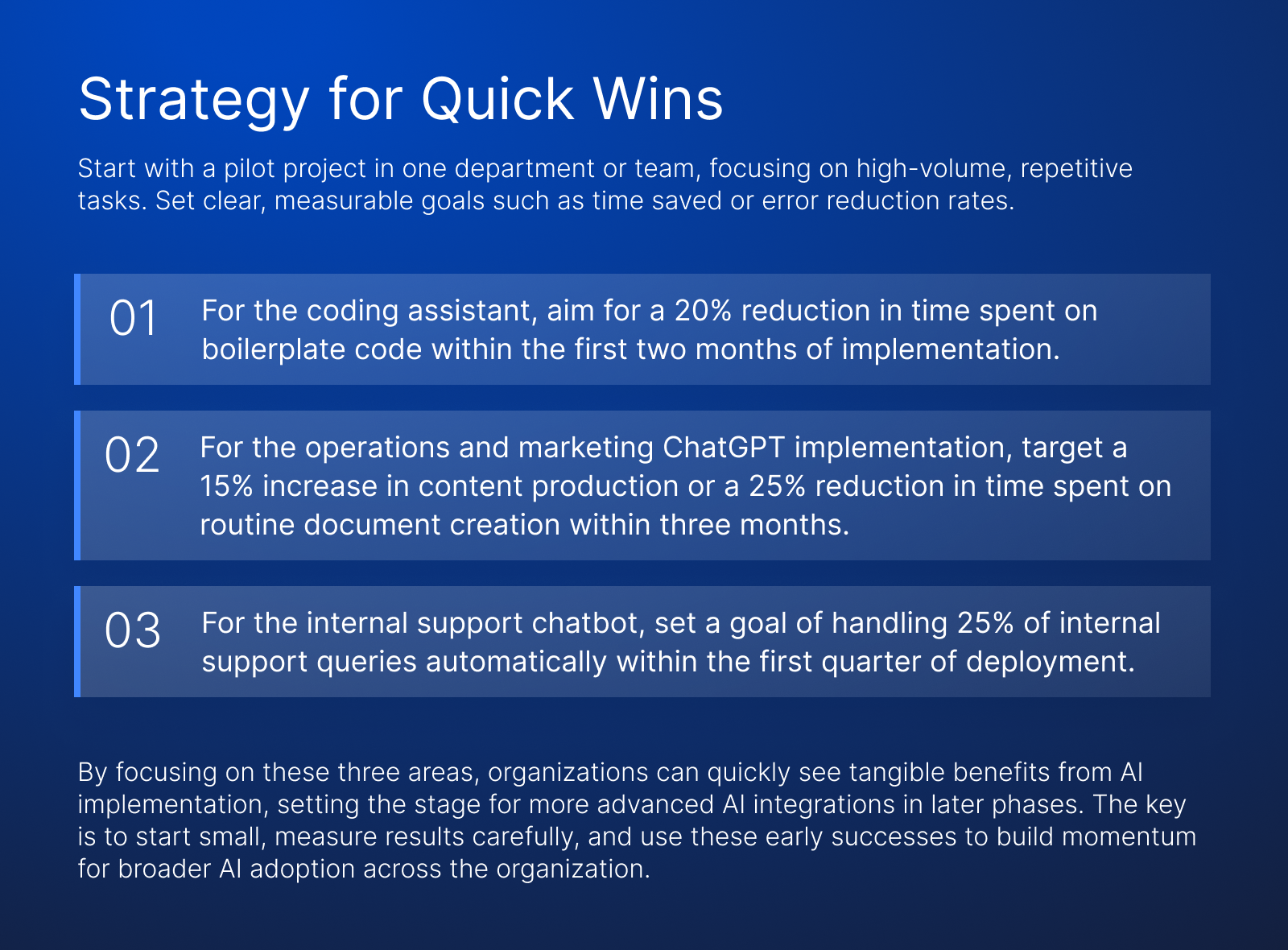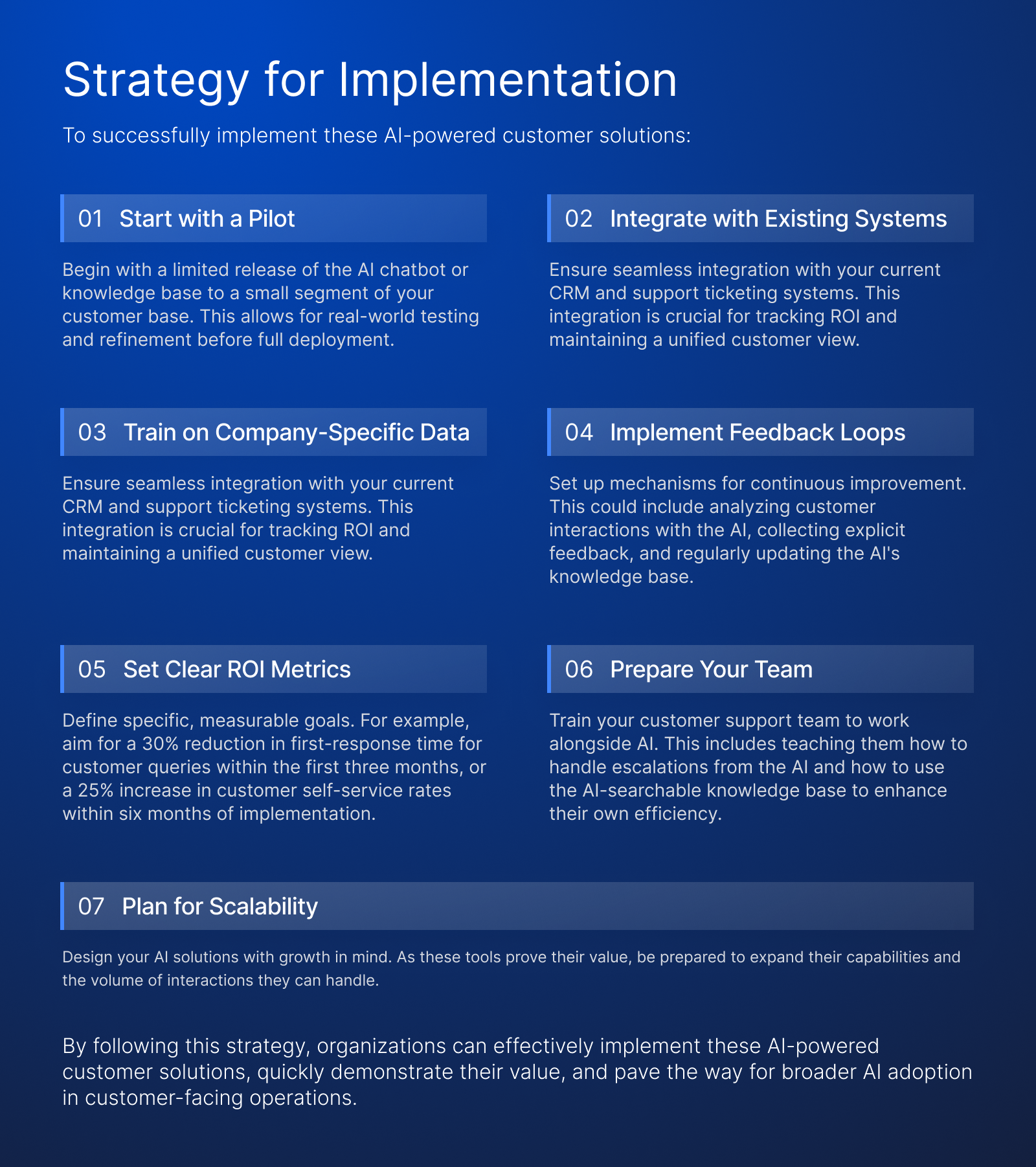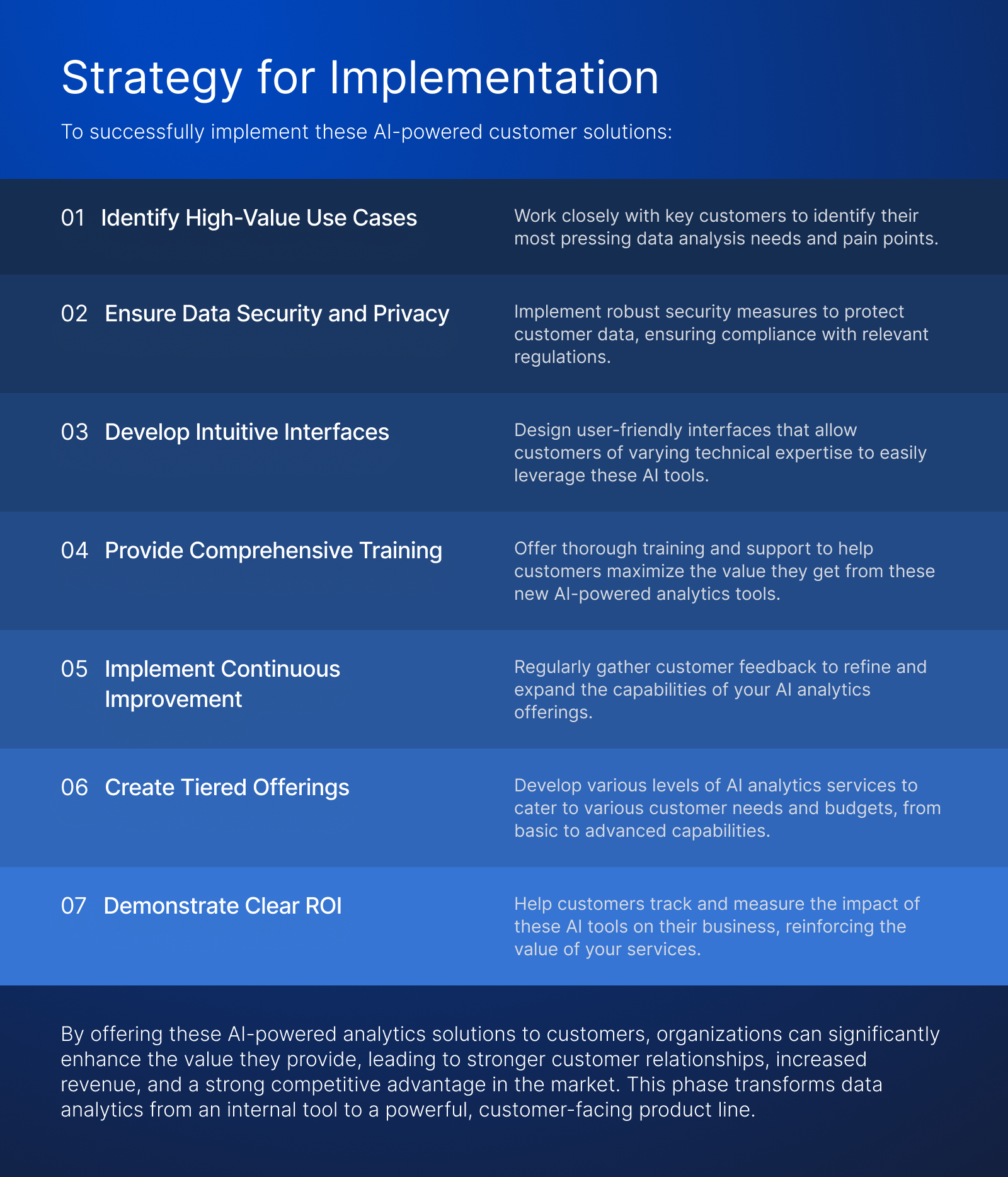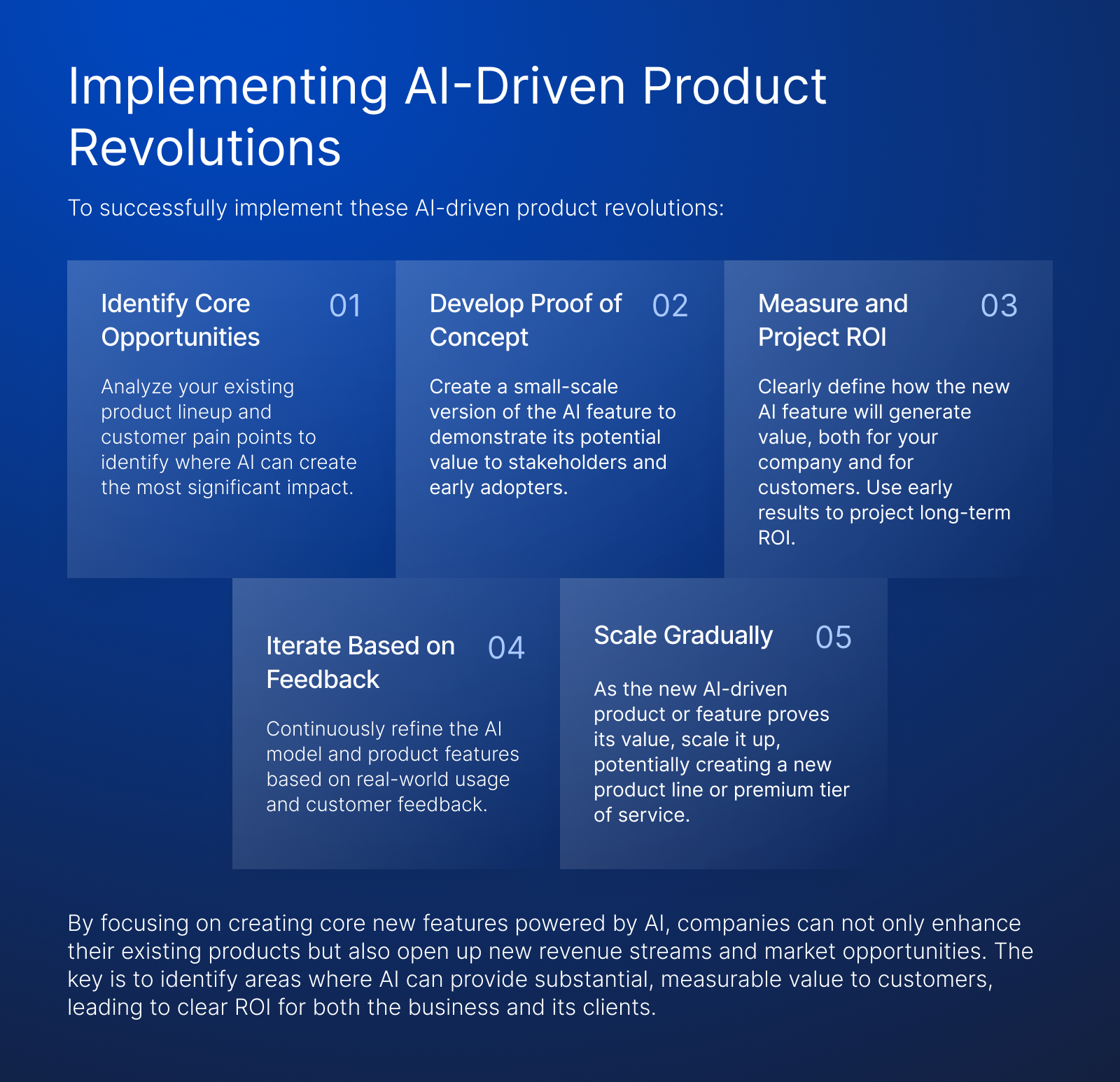Artificial intelligence (AI) stands at the forefront of a technological revolution, poised to reshape the business landscape much like the iPhone transformed the mobile industry. The iPhone didn’t just outcompete BlackBerry; it fundamentally altered user expectations. Once exposed to intuitive touchscreens, vast app ecosystems, and seamless internet browsing, users found it unthinkable to return to physical keyboards and limited functionality. Similarly, as AI becomes integrated into software, it’s not just changing what’s possible—its rapidly evolving what users expect and demand.
For businesses, this shift represents an urgent call to action. As AI-powered features become commonplace, users come to expect AI-driven experiences across all their digital interactions. Just as a smartphone without a touchscreen or app store would be unthinkable today, software without AI-powered capabilities will soon feel outdated and insufficient. Companies that fail to meet these new expectations risk becoming the BlackBerrys of their industry—once-dominant players rendered obsolete by evolving user demands and technological paradigms.
This 4-Phase AI Transformation Roadmap offers a detailed guide to navigating the complexities of AI integration. It provides a structured approach to help organizations evolve from traditional processes to AI-driven operations, ensuring that companies don’t just adopt AI, but truly transform their offerings to meet and exceed user demands. By embracing this transformation, businesses can gain a significant competitive edge, deliver superior user experiences, and ensure long-term resilience in an AI-driven world.
Here’s a closer look at each phase and what organizations need to consider for a successful AI journey in this new era of user expectations and technological revolution.
Phase 1: Streamlining Operations with AI
The first phase centers on optimizing operations and improving efficiency through AI tools, focusing on three key areas: AI-assisted coding, AI for operations and marketing teams, and AI-powered internal support.
AI-Assisted Coding and Debugging
AI coding assistants can significantly reduce manual workloads and minimize errors in routine coding tasks. For instance, GitHub’s Copilot has been shown to increase developer productivity by up to 55% for certain tasks, according to a study by GitHub and Microsoft researchers. Similarly, tools like TabNine have reported productivity improvements of up to 25% in general coding tasks. Implementing these tools can lead to faster development cycles and reduced time-to-market for software products.
ChatGPT for Operations and Marketing Teams
Leveraging large language models like ChatGPT can revolutionize how operations and marketing teams’ work. A recent study by MIT researchers found that access to ChatGPT decreased the time it took workers to complete writing tasks by 40 percent, while output quality increased by 18 percent. For operations, ChatGPT can assist in drafting procedures and troubleshooting issues. In marketing, it can aid in content creation and initial drafts of marketing copy. The study also found that performance inequality between workers decreased, suggesting ChatGPT could help level the playing field in team productivity.
Internal Chatbot for Software Support
Developing an internal chatbot based on your software documentation can significantly improve the efficiency of your support team. This AI-powered assistant can quickly retrieve relevant information from your documentation, provide step-by-step guides for common issues, and even suggest potential solutions based on problem descriptions. Companies like Intercom have reported that AI-powered chatbots can handle up to 33% of support queries without human intervention, freeing up support staff for more complex issues.
Phase 2: Elevating Customer Experience with AI
The second phase focuses on leveraging AI to create innovative customer-facing solutions that can potentially become new product lines or premium features, each with a clear Return on Investment (ROI) for both the business and its customers. This phase concentrates on two key areas: AI-powered customer support and intelligent knowledge management.
AI-Powered Customer Support Chatbot
Building on the internal support chatbot developed in Phase 1, organizations can create a sophisticated, customer-facing AI chatbot. This chatbot can handle a wide range of customer inquiries, from product information to troubleshooting, 24/7. The ROI for businesses comes from reduced support costs and increased customer satisfaction, while customers benefit from instant, round-the-clock support. For example, a software company implementing this could see a 40% reduction in support tickets reaching human agents and a 25% increase in customer satisfaction scores.
AI-Searchable Knowledge Base
Develop an AI-powered knowledge base that customers can interact with using natural language queries. This system goes beyond traditional keyword searches, understanding context and intent to provide more accurate and helpful responses. The ROI for businesses includes reduced strain on support teams and improved customer self-service rates. Customers benefit from faster access to accurate information. A B2B software company implementing this feature could see a 30% increase in customer self-service resolution rates and a 20% reduction in time-to-resolution for complex queries.
Phase 3: Unleashing the Power of Data with AI Analytics
The third phase focuses on leveraging AI to create powerful, customer-facing analytics and reporting capabilities. By offering these tools as new products or premium services, organizations can provide significant value to their customers while opening new revenue streams.
AI-Powered Natural Language Querying for Customers
Develop an AI system that allows customers to generate complex reports and visualizations using natural language queries. This empowers clients to easily access and analyze their own data within your platform. The ROI for customers includes reduced dependency on technical staff for data analysis and faster, more informed decision-making.
Automated Insight Generation for Client Data
Create an AI system that continuously analyzes customer data, automatically generating insights and detecting anomalies. This proactively alerts clients to significant trends or potential issues in their business data. The ROI for customers includes earlier detection of business opportunities or problems and more data-driven operations. An e-commerce platform providing this service could help its merchants increase sales by 20% through timely trend identification and reduce inventory costs by 15% through better demand forecasting.
Predictive Analytics as a Service
Offer an AI-driven predictive analytics system that customers can use to forecast their key business metrics based on their historical data and relevant external factors. This allows clients to make more accurate predictions about their sales, resource needs, or market trends. The ROI for customers includes improved resource allocation and better strategic planning.
AI-Driven Data Storytelling for Client Reports
Develop an AI system that automatically generates narrative reports and data stories from customers’ complex datasets. This transforms raw data into coherent, easy-to-understand narratives and visualizations tailored to the customer’s needs. The ROI for clients includes improved data comprehension across their organization and more effective communication of data-driven strategies.
Phase 4: Revolutionizing Products with AI Integration
The final phase focuses on revolutionizing products through AI integration, creating core new features that can potentially become new product lines with clear Return on Investment (ROI). This phase represents a transformative leap where AI doesn’t just enhance existing offerings but opens up entirely new business opportunities.
Energy Management for Municipalities
For companies providing energy management solutions to municipalities, AI can create a new tier of product with micro machine learning models for better prediction. These models can analyze granular data from various sources (weather patterns, historical usage, local events) to provide more accurate energy demand forecasts. This new feature could be offered as a premium tier, with municipalities benefiting from reduced energy waste and more efficient resource allocation. The ROI for customers could be measured in terms of energy cost savings and improved sustainability metrics.
Document Management for Law Firms
In the legal sector, companies dealing with document management for law firms can revolutionize their products by implementing a Retrieval Augmented Generation (RAG) system. This AI-powered system can build relationships between information across different documents, helping lawyers find cross-correlations they might otherwise miss. The ROI for law firms could be substantial, measured in time saved during case preparation, improved case outcomes due to more comprehensive information analysis, and the ability to handle more complex cases efficiently.
Personalized Learning Platforms
Educational technology companies could use AI to create adaptive learning paths for students. By analyzing a student’s performance, learning style, and pace across various subjects, the AI could dynamically adjust the curriculum, providing personalized recommendations and exercises. This could be offered as a premium feature, with ROI for schools or individual learners measured in improved test scores, reduced dropout rates, and increased student engagement.
AI Readiness
Before embarking on the AI transformation journey outlined in the previous phases, organizations must assess their AI readiness and prepare to address potential challenges. This crucial step ensures that the foundation is laid for successful AI integration across the business.
Assessing AI Readiness
Data Readiness
- Evaluate data availability and accessibility across systems
- Assess data quality and consistency
- Identify data gaps and potential sources to fill them
- Establish data governance policies
Technical Infrastructure
- Assess current computing power and storage capabilities
- Evaluate cloud readiness for AI workloads
- Identify integration points with existing systems
- Determine necessary upgrades or new acquisitions
Workforce Capabilities
- Assess current AI and data science skills within the organization
- Identify key roles needed for AI initiatives (e.g., data scientists, AI engineers)
- Evaluate general AI literacy across the organization
- Determine upskilling and hiring needs
Organizational Culture
- Assess openness to AI-driven change
- Evaluate current level of data-driven decision making
- Gauge executive understanding and support for AI initiatives
- Identify potential resistance points to AI adoption
Strategy for Implementation
- Conduct a comprehensive AI readiness assessment
- Develop an AI roadmap aligned with business strategy
- Start with high-impact, low-complexity pilot projects
- Invest in foundational data infrastructure and governance
- Launch AI education programs for employees at all levels
- Establish an AI Center of Excellence to guide initiatives
- Develop partnerships with AI vendors and consultants as needed
- Implement continuous feedback loops to refine AI strategy
By addressing these readiness factors and potential challenges, organizations can create a solid foundation for their AI transformation journey. This preparatory phase is crucial for ensuring the success of AI initiatives and maximizing the return on AI investments across all subsequent phases of the transformation roadmap.
Embracing the AI-Powered Future
As we’ve seen, from the use of AI coding assistants and chatbots in Phase 1 to the creation of AI-driven products in Phase 4, the potential applications of AI span across all aspects of business operations. The transition mirrors the shift from BlackBerry to iPhone—a leap that not only changes what’s possible but reshapes user expectations and market dynamics.
However, it’s crucial to recognize that AI transformation is not a destination, but an ongoing journey. The technological landscape continues to evolve rapidly, and with it, the possibilities, and challenges of AI implementation. Regular reassessment of your AI strategy, continuous learning, and agile adaptation are vital for long-term success.
The challenges are significant, yet the rewards for those who successfully navigate this transformation are substantial. AI-powered businesses stand to gain:
- Enhanced operational efficiency and reduced costs
- Improved customer satisfaction and loyalty
- Data-driven decision-making capabilities
- New revenue streams from innovative AI-powered products and services
- A substantial competitive edge in an increasingly AI-driven market
As we stand on the brink of this AI revolution, this roadmap is your guide to navigating the complexities of AI integration and emerging as a leader in the AI-powered future. The possibilities with AI are endless, limited only by our imagination and your willingness to transform.
About the Author
Michael Radovan is the Director of Engineering & AI at Valsoft Corporation in Montreal, Quebec, bringing over a decade of experience across DevOps, digital transformation, and artificial intelligence. Michael excels in building high-performing teams and spearheads projects that leverage AI to enhance operational efficiency and drive business growth.
